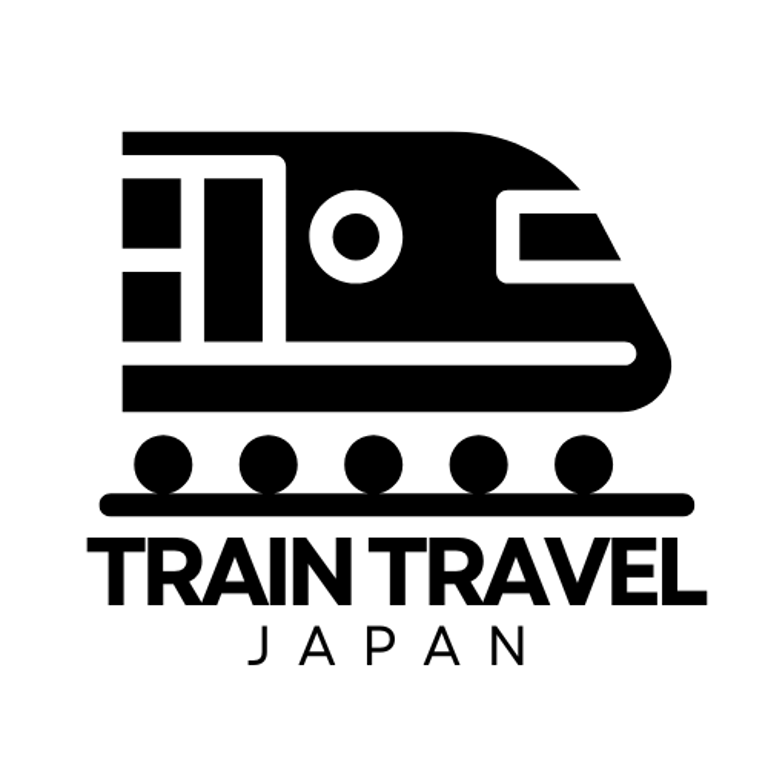10 Secrets of the JR Pass You Need to Know
Embarking on a journey through Japan offers a tapestry of experiences, from the neon-lit streets of Tokyo to the serene temples of Kyoto. The Japan Rail Pass (JR Pass) serves as a golden ticket, granting travelers access to an extensive network of trains, buses, and ferries operated by Japan Railways (JR). Whether you're planning a meticulous itinerary or seeking spontaneous adventures, understanding the nuances of the JR Pass can elevate your travel experience.
JR PASS 7 DAYSJR PASS 14 DAYSJR REGIONAL PASS
6/20/20253 min read


1. Understanding the JR Pass
The Japan Rail Pass is an exclusive offering for foreign tourists, providing unlimited travel on JR-operated transportation for 7, 14, or 21 consecutive days. It encompasses various train categories, including the renowned Shinkansen (bullet trains), except for the fastest Nozomi and Mizuho services . Purchasing the pass before arriving in Japan is essential, and it can be activated at major JR stations upon presenting your passport.
2. Maximizing Value
To make the most of the Japan Rail Pass, plan trips that span long distances. For example, traveling from Tokyo to Kyoto, then to Hiroshima, and back to Tokyo can cost around ¥50,000—roughly the same as a 7-day JR Pass. Including several cities in your itinerary significantly increases the pass’s value, making it a great choice for travelers looking to explore multiple destinations across Japan.
3. Seat Reservations
While many trains offer non-reserved seating, making seat reservations ensures comfort, especially during peak travel times. JR Pass holders can reserve seats without additional charges at ticket offices or via online platforms, ensuring a hassle-free journey.
4. You Can Use JR Pass on Local Trains
Many travelers think the JR Pass only works on Shinkansen (bullet trains), but it also covers local trains! You can use it on JR local, rapid, and express trains within cities, making it ideal for getting around Tokyo, Osaka, Kyoto, and other major cities.
5. Beyond Trains: Buses and Ferries
The JR Pass isn't limited to trains. It also covers certain JR-operated buses and ferries, such as the ferry to Miyajima Island near Hiroshima. This inclusion allows travelers to access remote destinations, enriching their holiday experience with diverse landscapes and cultures.
6. Strategic Base Cities
Establishing base cities like Tokyo, Kyoto, or Osaka enables travelers to undertake day trips to nearby attractions without the need to change accommodations frequently. This approach offers a balance between exploration and relaxation, allowing for a more aesthetic and immersive vacation .Write your text here...
7. Utilizing Planning Tools
Digital tools like Jrpass.com assist in planning routes, checking train schedules, and estimating travel times. These platforms help in crafting efficient itineraries, ensuring that you make the most of your JR Pass during your journey .
8. Exploring Regional Passes
If your travel plans focus on specific regions, consider regional JR Passes. These passes offer unlimited travel within designated areas at a reduced cost, making them suitable for travelers with a concentrated itinerary.
9. Culinary Delights: Exploring the World of Ekiben
One of the most delightful aspects of traveling through Japan by train is indulging in an ekiben (駅弁)—a unique bento box sold at train stations and onboard trains. The term "ekiben" combines "eki" (station) and "bento" (boxed meal), and these meals offer a convenient and delicious way to experience regional flavors during your journey .
10. JR Pass Covers Some Private Railway Lines
While the Japan Rail Pass (JR Pass) primarily grants access to the extensive JR network, there are select instances where it also covers certain private railway lines. These exceptions enhance the flexibility of your travel itinerary, allowing you to reach destinations that might otherwise require additional tickets.
Direct JR Services on Private Lines
In some cases, JR trains operate directly onto private railway tracks, facilitating seamless travel without the need to transfer or purchase separate tickets. However, it's important to note that while the JR Pass covers the JR-operated portion of these journeys, an additional fare is typically required for the segments on private lines. Examples include:
Tobu Railway: Services like the Nikko and Kinugawa limited express trains run from JR lines onto Tobu Railway tracks to reach destinations such as Nikko and Kinugawa Onsen.
Izukyu Corporation: The Odoriko and Saphir Odoriko limited express trains operate from Tokyo onto the Izukyu Line, providing access to the Izu Peninsula.
Echigo Tokimeki Railway: Certain JR trains continue onto this line, particularly between Naoetsu and Arai stations.
In these scenarios, passengers with a JR Pass must pay the applicable fare for the private railway section of the journey.
Regional Passes with Extended Coverage
Some regional JR passes offer broader coverage, including specific private railway lines within their designated areas. For instance:
JR East Pass (Tohoku and Nagano/Niigata areas): This pass includes travel on certain private lines, such as the Izu Kyuko Line and the Echigo Tokimeki Railway between Naoetsu and Arai stations.
These regional passes are particularly beneficial for travelers focusing on specific areas of Japan, offering more comprehensive coverage without the need for additional tickets.


